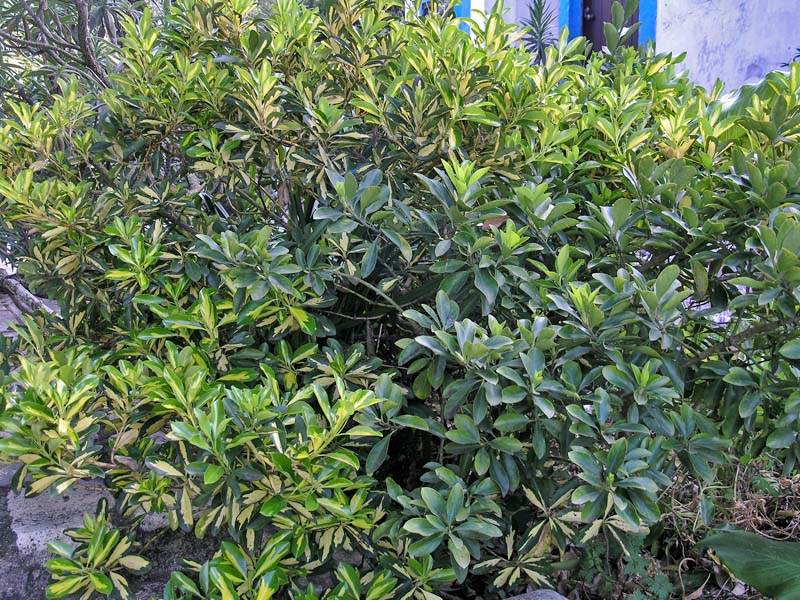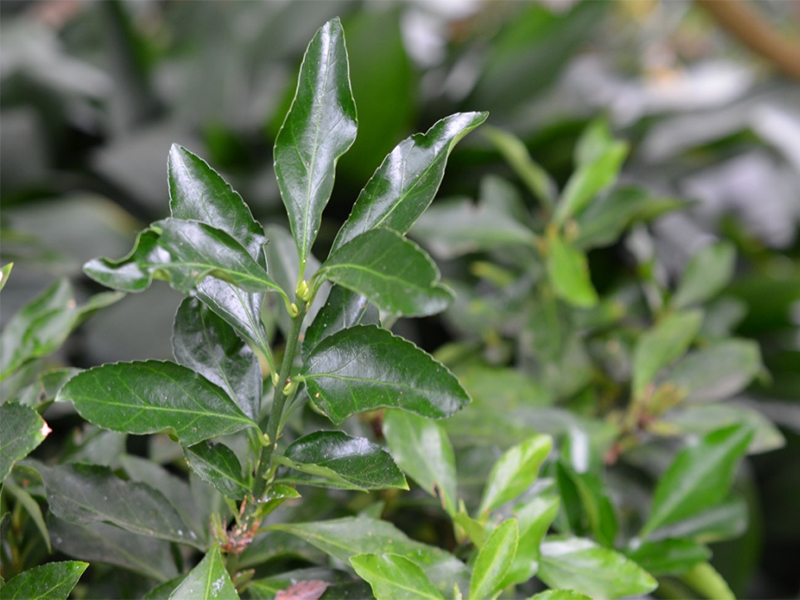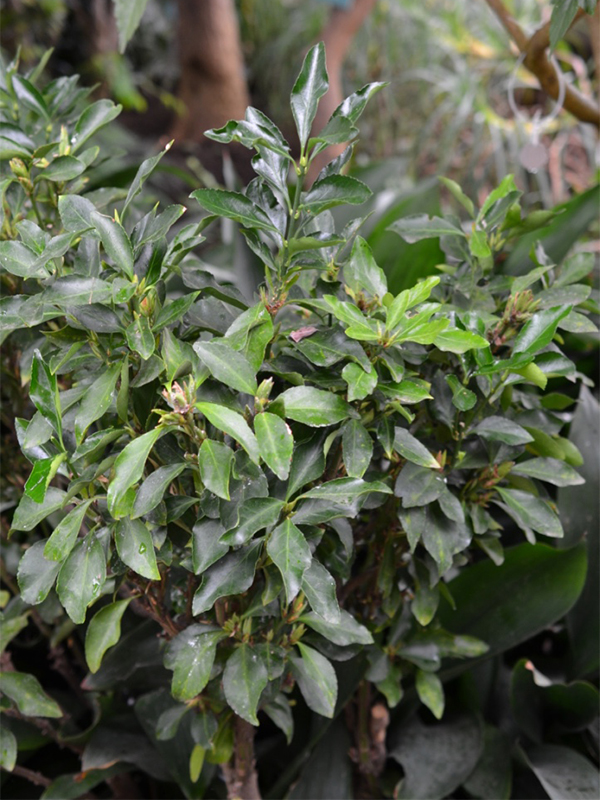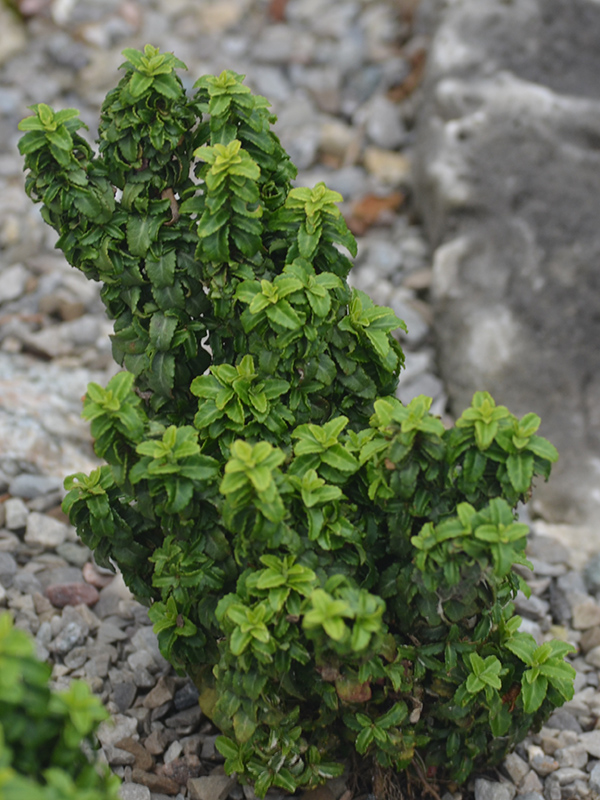| General Description | A dense shrub, its foliage and fruit proves to be appealing to the eye. |
| Shape | This shrub is oval to rounded in shape, with a spherical crown and dense foliage. |
| Landscape | Used as an ornamental, hedge or screen. |
| Propagation | It can be propagated by seed but is most often propagated by cuttings. |
| Cultivation | It is salt tolerant, but prefers a medium-textured soil with medium fertility and good drainage. An abundance of organic matter in the soil is preferred, and plants that are established should be fertilized every 3-4 months. |
| Pests | Scale, silk leaf boxwood larvae and crown gall. |
| Notable Specimens | Centennial Conservatory, Thunder Bay, Ontario, Canada. |
| Habitat | Scrubland, forest borders and wastelands. |
| Bark/Stem Description | The bark is glabrous and appears to be wrinkled when the plant is dry. |
| Flower/Leaf Bud Description | The buds are imbricated and conical. |
| Leaf Description | Leaves are serrulate, and are placed opposite on the stem. They can be obovate or narrowly elliptic and are 3 - 6 cm long and 2 - 3 cm wide. |
| Flower Description | The flowers are inconspicuous, appearing in clusters, each bloom carrying 4 petals. They are 6 - 10 mm in length, and are arranged in an axillary pattern. |
| Fruit Description | The fruit is globose in shape, 4 celled, and approximately 1 cm in diameter. |
| Colour Description | Bark is green. Buds are green, but will develop into a red colour in autumn. Foliage is a waxy, deep green, turning yellow in the spring. Dark pink fruit with orange pulp. Flowers are white. Seeds are brown to orange. |
| Texture Description | Medium, leaves a leathery texture. Bark is smooth. |




